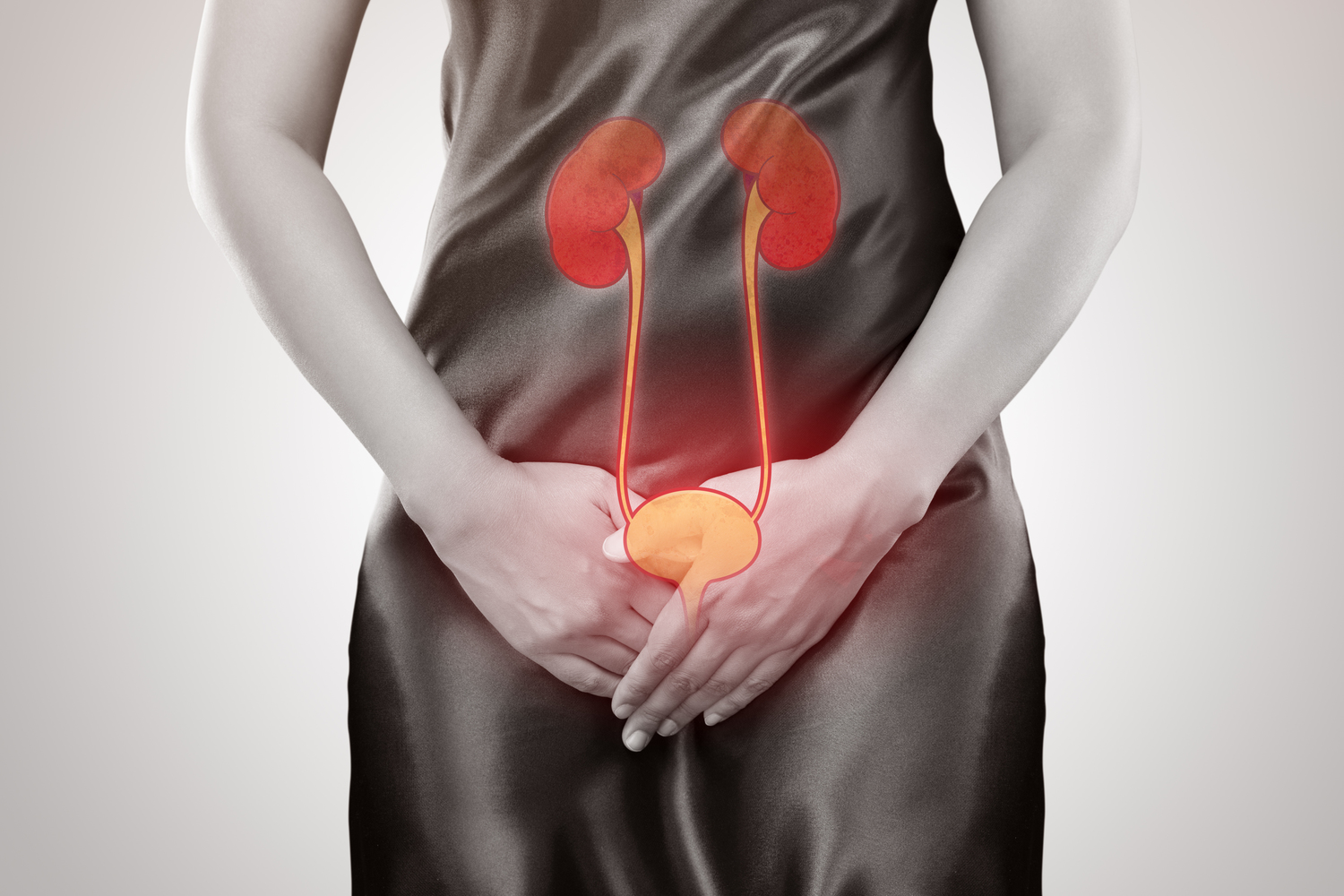An Overview Of A Bladder Infection Causes, Symptoms, And Treatment
An overview of a bladder infection- Causes, symptoms, and treatment
A bladder infection is a type of infection in the urinary tract. It is caused by a bacterial infection within the bladder. The Escherichia coli (E. coli) bacterium is responsible for most of the bladder infections. Bladder infections affect women more commonly than men. It is estimated that roughly 50% of women experience a bladder infection at least once in their lifetime. A bladder infection may cause much discomfort and pain. It often leaves the patient with a constant urge to urinate. A bladder infection may affect anyone and at any age.

Read on to understand more about what causes bladder infections, its main symptoms, and bladder infection treatment options.
What causes a bladder infection?
- Bacteria in the urethra are normally flushed out in urine. Bladder infections develop when the bacteria that enter the urethra do not get flushed out and instead move up toward the bladder.
- Once in the bladder, these bacteria multiply rapidly and lead to an infection.
- If left untreated, the bacteria may move further up from the bladder to the kidneys and cause major health complications.
- Bladder infections are more common in women as the urethra opening is very close to the anus.
What are the symptoms of a bladder infection?
- The common symptoms of a bladder infection include pain or burning while urinating and cramps in the lower abdomen.
- Urine is often cloudy or dark in color. In some cases, there might be blood in the urine.
- The frequency and the urge to urinate increases.
- Urine develops a foul and an unusual smell.
- Some patients develop back pain and fever, which usually indicates that the bladder infection has spread to the kidneys.
What are the risk factors for a bladder infection?
Here are a few factors that may make a person more prone to contracting a bladder infection:
- Sexual intercourse with a new partner
- Not urinating after sexual intercourse
- Age
- Having diabetes
- Use of diaphragm with spermicide as a contraception
- Going through menopause
How is a bladder infection diagnosed?
- A bladder infection is diagnosed through a urine analysis to check for bacteria, blood, and pus in the urine.
- The other tests may include an ultrasound, a computed tomography (CT) scan, and a magnetic resonance imaging (MRI) if the doctor suspects a kidney infection.
- In some cases, a cystoscopy is performed in which a thin tube is inserted into the urethra for better imaging or to get tissue samples for a biopsy.
What are the common bladder infection treatment options?
- A bladder infection usually goes away on its own within a few days. If the symptoms persist for more than a week, you must consult a doctor.
- A standard bladder infection treatment involves a course of antibiotics. The duration of antibiotics depends on how severe the infection is. Some patients may be prescribed antibiotics for as few as three days, whereas others may need to continue their dose for several weeks.
- Women are often prescribed a vaginal cream to help with any side-effects such as severe itching during urination.
- Sometimes, patients require painkillers to deal with the abdominal cramps that are too severe and persistent.
- A hot water bag helps alleviate pain in the lower abdomen.
Are there any precautions that may be taken to prevent a bladder infection?
Some of the precautions that may be taken to prevent a bladder infection are:
- Drink lots of water to help flush out the bacteria that gather in the urethra as this reduces the chances of developing a bladder infection.
- Avoid consuming spicy food and caffeine as these may worsen your symptoms.
- Skip artificial sweeteners as these are considered to be bladder irritants.
- Certain fruits like cranberries are known to prevent infections from the E. coli bacteria. Drinking cranberry juice may help with a better recovery from a bladder infection. However, it should not be relied upon as a sole means of getting better.
- Avoid using feminine hygiene sprays and scented soaps.
- When wiping after passing stools, always use the front to back direction to prevent the spread of bacteria to the urethra from the anus.
- Wear comfortable cotton underwear.

